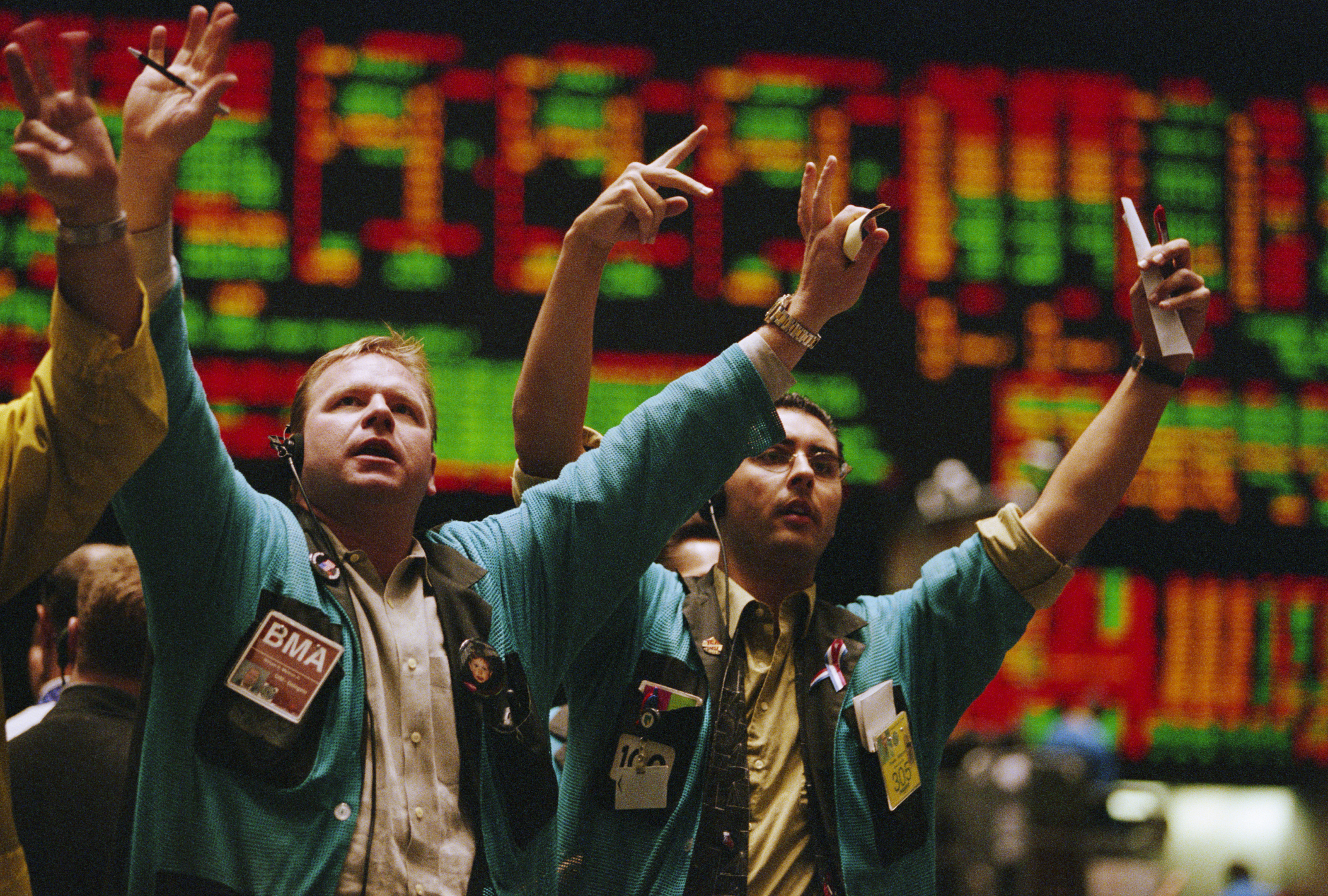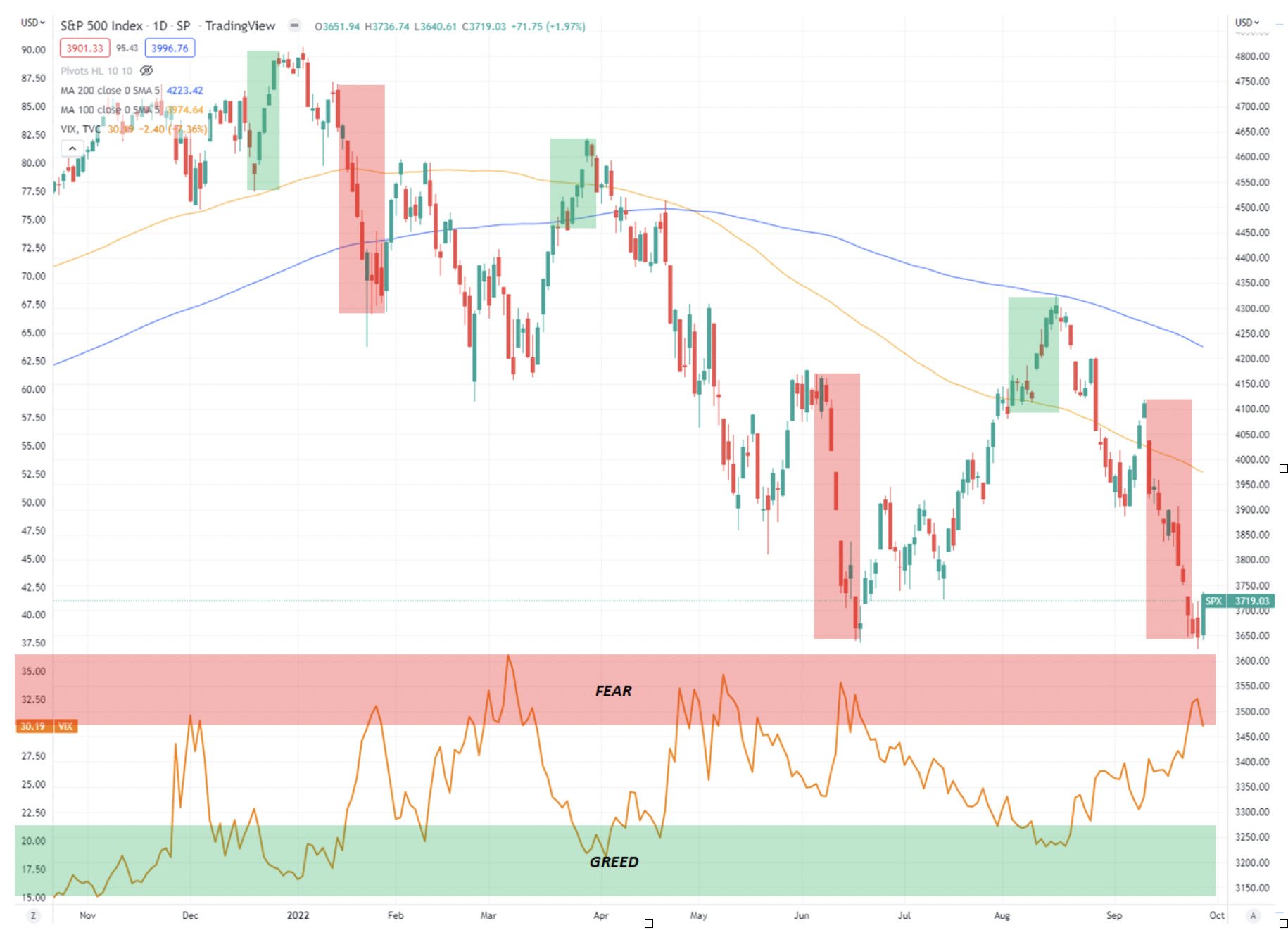In case of emerging bear market rally break glass…. then read this How to Buy a Bear Rally article

Via Getty
A bear market rally happens when there’s a lot of dip buying in the market.
Technically speaking, a bear market rally is a short-term upturn of 5-10% that happens during a broader bear market downturn of between 10-20%.
In our time we’ve had two really good examples.
The first is the Tech Crash, aka the Dot-com bubble, aka the Dot-com boom, aka the Tech bubble, or the internet bubble… whatever… the point is there was a fantastic stock market bubble in the late 1990s, the post-smashed S&P 500 had four brave rallies, rising between 10% and 25%, and lasting circa 10 sessions, for up to about 10 weeks.

During the Housing Crash, aka the US subprime mortgage crisis, aka the US housing crisis, the financial crisis of 2007–2008, or in Australian: the Global Financial Crisis (GFC)… anyway – the S&P 500 also made four technical bear market rallies, smaller this time – from 10% to 15% and going for a little longer, maybe four to six weeks each.
Traders surrender to allied forces in a local nightclub, Berlin 1960:

Mark Gardner from Maqro Capital says bear market rallies are very tricky, but if you want to lay, then keep it simple.
“Usually the best tactic is to buy in the panic and sell when you see the ‘it’s all over’ comments,” Mark says.
Mark’s beginners bear rally checklist to get you in the fight:
- Bond and Equities VIX at extreme levels – which is the scariest – but best time to be allocating capital
- Look for common patterns from past similar situations (see charts)
- Peak fear – VIX above 30. Buying defensive names which have been panic sold – Elders (ASX:ELD), Incitec Pivot (ASX:IPL), Graincorp (ASX:GNC) in the first tranche
- End of peak fear – buying small growth names and top up of core holdings
- Start of greed – add to growth names “end of peak fear phase”
- End of greed- VIX around 20, key resistance levels, place trailing stops on all buying to go back to 30%+ cash
- Rinse & repeat
Oh the volatility

Bear to bull with Pete Oppenheimer
According to Peter Oppenheimer, Goldman Sachs chief global equity strategist, nailing down exactly when a market transforms from a bear to a bull is hard because in truth wee bear market rallies are common.
But, Oppenheimer says you can more or less figure out when a market has hit a bottom, because there are some common characteristics of a bear market trough.
There’s certainly no shortage of signal headwinds tracing equities to choose from; I mean, pretty much all the leading indicators expect earnings to continue to fall.
Even the IMF – at this very moment – is downgrading the global economic outlook, which remains super tight.
Excess liquidity is not in much excess.
And, according to the macro strategist Simon White, Wall Street’s clientele have been drawing down from their stock-margin accounts at a rate that has been lower only in – you guessed it – the dot-com and GFC disintegrations, and he says that’s also keeping pressure on equities.
According to Oppenheimer, while low valuations are a good starting point to pick out a bottom, they’re not enough.
Instead, we need to look at other factors like earnings and profits.
“You tend to find that while equity markets do recover while economic conditions are still weak and profits depressed, it’s usually not until the rate of deterioration has slowed that investors really start to price in a recovery,” Oppenheimer says.
Then there’s clocking the peak in inflation, or interest rates, bearish sentiment and negative positioning – all good things to stay on top of when pinning attributes on a bear market’s bottom.
The views, information, or opinions expressed in the interviews in this article are solely those of the interviewees and do not represent the views of Stockhead. Stockhead does not provide, endorse or otherwise assume responsibility for any financial product advice contained in this article.
UNLOCK INSIGHTS
Discover the untold stories of emerging ASX stocks.
Daily news and expert analysis, it's free to subscribe.
By proceeding, you confirm you understand that we handle personal information in accordance with our Privacy Policy.








